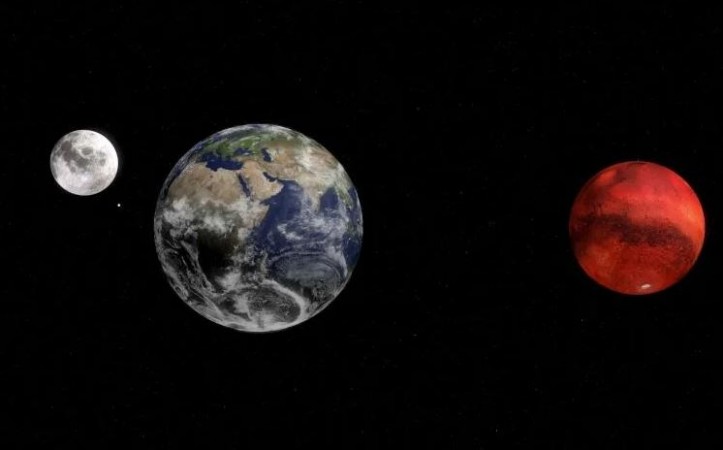
In our vast universe, the solar system stands as an awe-inspiring wonder. Among its celestial bodies, planets hold a special fascination for us earthlings. In this article, we'll take a journey through our solar system and delve into the sizes of planets, starting with Earth and progressing all the way to Mars.
Earth, our home planet, is a mesmerizing orb of life. It boasts a diameter of approximately 12,742 kilometers (7,918 miles). Its diverse landscapes, oceans, and atmosphere make it a unique oasis in the cosmos.
Venus, often called Earth's twin, is the second planet from the Sun. However, it's a scorching world with a diameter of around 12,104 kilometers (7,521 miles).
Mars, known for its reddish appearance, is the fourth planet from the Sun. It has a diameter of about 6,779 kilometers (4,212 miles).
Mercury, the closest planet to the Sun, is a scorching world. Its diameter is approximately 4,880 kilometers (3,032 miles).
Jupiter is the largest planet in our solar system, with a massive diameter of about 139,822 kilometers (86,881 miles).
Saturn, famous for its stunning rings, has a diameter of around 116,464 kilometers (72,367 miles).
Uranus, a unique planet, rotates on its side. It has a diameter of approximately 50,724 kilometers (31,518 miles).
Neptune, the eighth and farthest known planet from the Sun, boasts a diameter of about 49,244 kilometers (30,598 miles).
As we conclude our journey through our solar system's planets from Earth to Mars, we've marveled at the diversity of these celestial bodies. Each one holds its own mysteries and characteristics, waiting to be explored further by future missions and generations of astronomers.
What did the 9/11 prophetess foresee for the year 2023?
Sweden's Shift Back to Traditional Education: Emphasizing Books and Handwriting